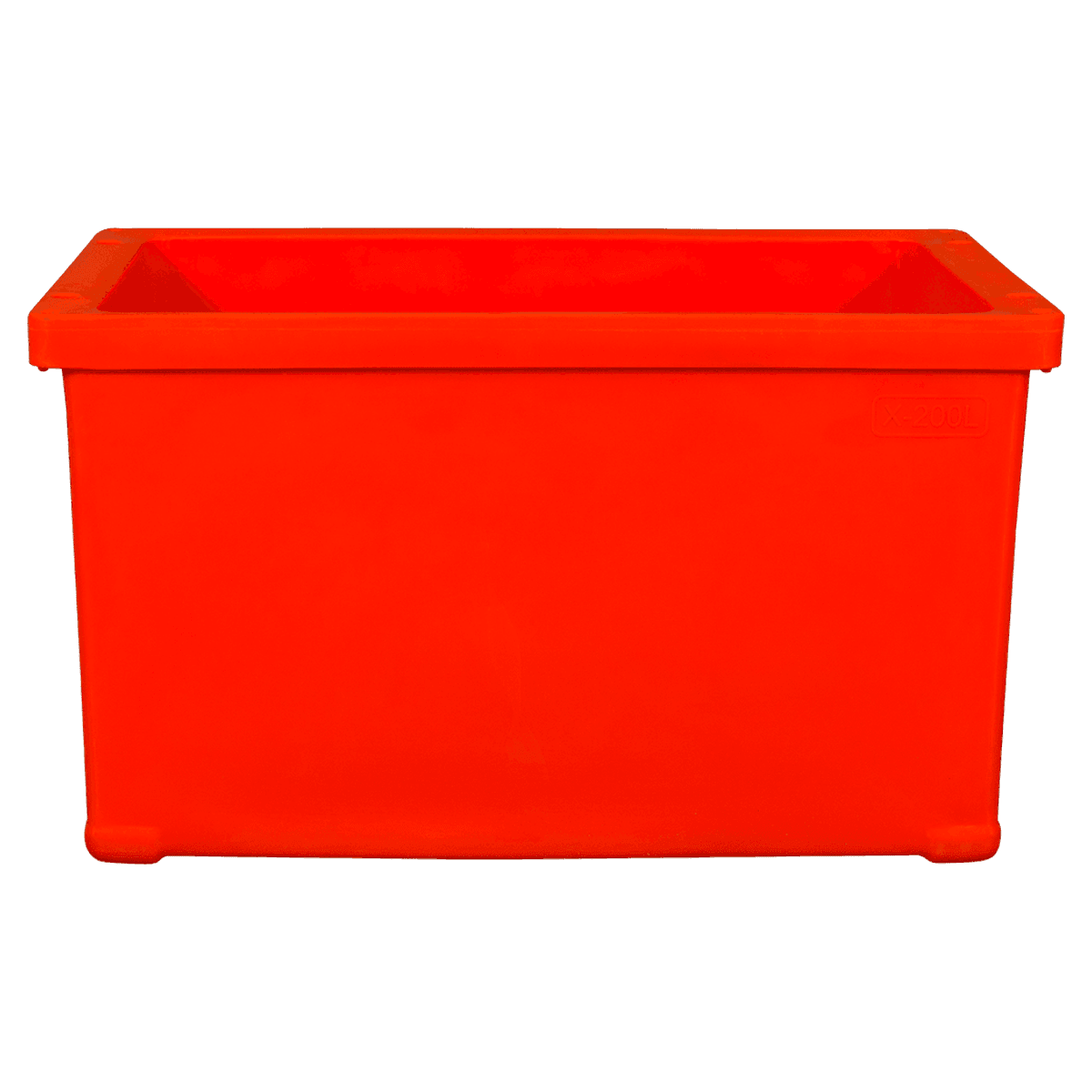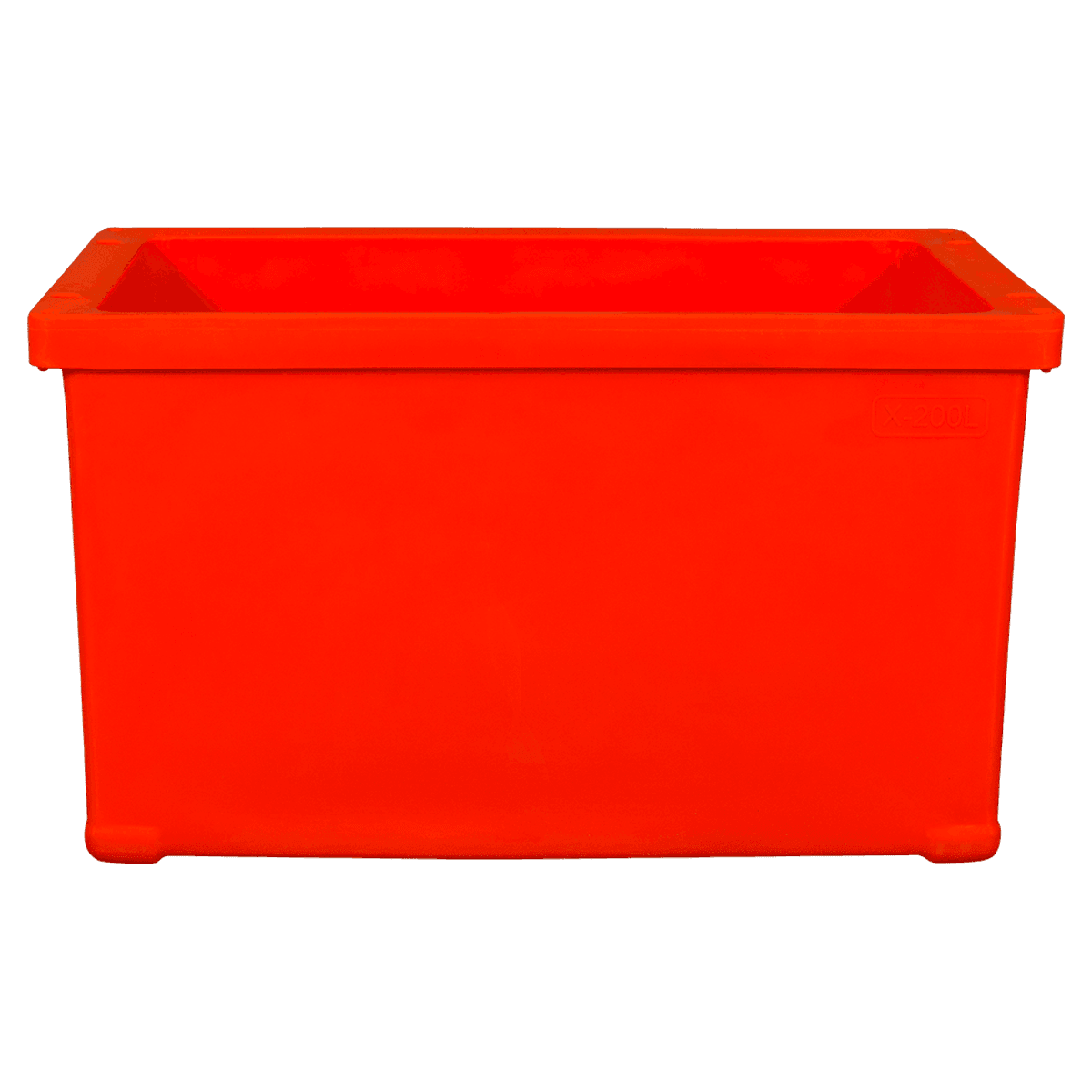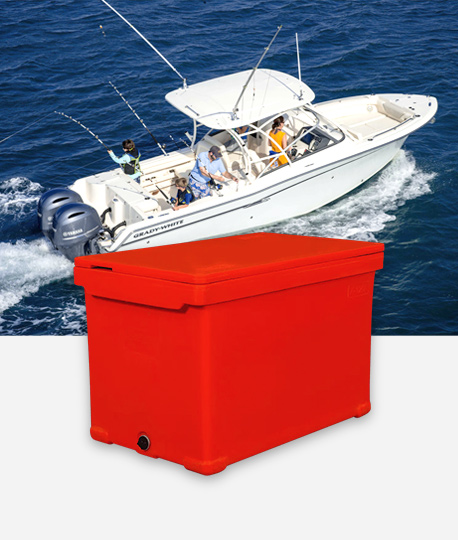Content
- 1 1. Pre-cool the Cooler Box
- 2 2. Use Plenty of Ice Blocks or Ice Packs
- 3 3. Fill the Cooler Box Completely
- 4 4. Choose the Right Cooler Box Size
- 5 5. Avoid Opening the Lid Frequently
- 6 6. Use Insulated Covers or Reflective Materials
- 7 7. Avoid Direct Sunlight
- 8 8. Opt for High-Performance Coolers
- 9 9. Choose the Right Type of Ice
- 10 10. Regularly Monitor the Cooler Temperature
Outdoor cooler boxes are essential for outdoor activities such as camping, picnics, and traveling. They help preserve food and drinks, ensuring that you can enjoy refreshing beverages and fresh food during long outdoor adventures. However, as time goes on, many people find that the ice inside their cooler box melts quickly, reducing its insulating performance.
1. Pre-cool the Cooler Box
One of the simplest and most effective ways to prepare your cooler box for use is to pre-cool it before packing. This not only cools the cooler itself but also extends the melting time of the ice.
Methods to Pre-cool the Cooler Box:
- Ice Block Method: Place several ice blocks inside the cooler box to reduce its internal temperature before packing. This method is ideal for situations where you need long-term cooling.
- Ice Pack Method: Ice packs are more convenient than ice blocks and do not create excess water when they melt. They are ideal for longer storage and are more portable.
By pre-cooling the cooler box, you ensure that it maintains a low internal temperature, which helps to preserve the cold longer once food is added.
2. Use Plenty of Ice Blocks or Ice Packs
The insulation performance of your cooler box depends heavily on the quantity and quality of the ice inside. The more ice you use, the longer it will stay cold.
Choosing Ice Blocks and Ice Packs:
- Ice Blocks: While ice blocks cool the contents quickly, they tend to melt faster than ice packs. They are best for quickly cooling food and drinks.
- Ice Packs: Ice packs last longer than regular ice blocks and melt more slowly, making them ideal for long-term storage, especially in hot environments.
It’s a good idea to alternate between ice packs and food in the cooler box to ensure that everything stays cold for as long as possible.

3. Fill the Cooler Box Completely
The less empty space there is inside the cooler, the better the insulation performance. To maximize the cooling effect, fill the cooler box as much as possible. Air pockets within the cooler allow heat to enter, causing the ice to melt more quickly.
How to Fill the Cooler Box:
- Organize the Contents: Arrange the food and drinks neatly, ensuring that ice packs or ice blocks cover all of them. Avoid leaving empty spaces that can let warm air inside.
- Use Appropriate Containers: If possible, store food in sealed containers. These containers help maintain the low temperature by blocking external heat.
4. Choose the Right Cooler Box Size
The size of the cooler box plays a crucial role in insulation. A cooler box that is too large will have more air inside, causing the ice to melt faster. Conversely, a cooler that is too small may not fit all the necessary food and drinks.
Tips for Choosing the Right Size:
- Small Coolers: These are suitable for short trips or storing a small amount of food. They are portable and easy to carry, making them ideal for individuals or small families.
- Medium or Large Coolers: These are suitable for group trips or long camping expeditions. Choose the size based on your specific needs.
Ultimately, selecting the right size cooler helps control temperature better by minimizing air flow inside, which enhances the cooling performance.
5. Avoid Opening the Lid Frequently
Every time the cooler lid is opened, cold air escapes, and warm air enters, causing the temperature to rise quickly. This leads to faster melting of the ice. Therefore, reducing the frequency of opening the lid is key to extending the cooling time.
How to Avoid Opening the Lid:
- Use a Secondary Cooler: Consider having a smaller cooler for frequently accessed items to minimize opening the main cooler.
- Plan Ahead: Before opening the cooler, take all the items you need out at once, so you don’t have to keep opening it repeatedly.
6. Use Insulated Covers or Reflective Materials
If you’re exposed to direct sunlight or extreme weather conditions, using an insulated cover or reflective material can greatly improve the cooler’s insulation performance. These materials help block external heat, reducing the temperature differential between the inside and outside of the cooler.
Choosing Insulation Materials:
- Dedicated Cooler Covers: There are special covers available for coolers that help keep them cool during hot weather.
- Foam Insulation: Some outdoor enthusiasts use foam boards or other insulation materials to further enhance the cooler’s insulation properties.
7. Avoid Direct Sunlight
Try to keep the cooler out of direct sunlight. Exposure to sunlight will increase the internal temperature of the cooler, causing the ice to melt faster. To improve insulation performance, place the cooler in a shaded area or use sunshades.
Ways to Protect the Cooler from Sunlight:
- Use a Sunshade: When camping outdoors, use a sunshade to keep your cooler cool and prevent direct sunlight exposure.
- Seek Shade: If you’re in the wild, try to place the cooler in a shaded area, such as under a tree, to naturally block out the sun.
8. Opt for High-Performance Coolers
If your budget allows, choosing a high-end cooler box brand and model is a good option. These high-performance coolers often use advanced insulation technologies and superior materials that provide better insulation.
Features of High-Performance Coolers:
- Thicker Insulation: High-end coolers generally have thicker walls, which help block external heat more effectively.
- Double-Layer Design: Some coolers use a dual-layer structure that further reduces heat transfer.
- Durability: Premium coolers are more durable and resistant to damage, making them suitable for long-term outdoor use.
9. Choose the Right Type of Ice
Not all ice is the same, and some types of ice perform better at maintaining low temperatures over long periods.
Different Types of Ice:
- Hard Ice: Hard ice blocks last longer than regular ice cubes, so they are ideal for extended use.
- Ice Bricks: Ice bricks are more compact and melt slowly, making them perfect for long-term food storage.
- Dry Ice: Dry ice maintains an even lower temperature, but it must be handled with care due to its carbon dioxide release.
10. Regularly Monitor the Cooler Temperature
If your cooler has a temperature indicator, regularly monitoring the temperature is helpful. Ensure that the temperature stays within an ideal range (usually 0°C to 4°C) to keep food fresh for a longer time.
Tips for Temperature Control:
- Monitor Temperature Changes: Regularly check the temperature to ensure it’s staying cool. If the temperature starts rising, add more ice or ice packs.
- Backup Ice: If the temperature is consistently high, add more ice or replace ice packs to maintain a stable temperature.


 English
English Español
Español عربى
عربى 中文简体
中文简体
-4.png)
-4.png)
-2.png)

-2.png)
-2.png)




